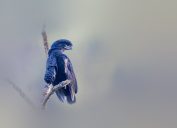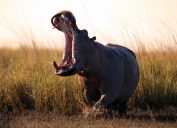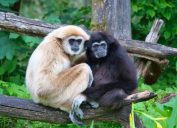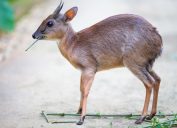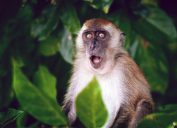23 Cute Animals That Are Way More Dangerous Than You Thought
Don't let the puffy tails and puppy eyes fool you.
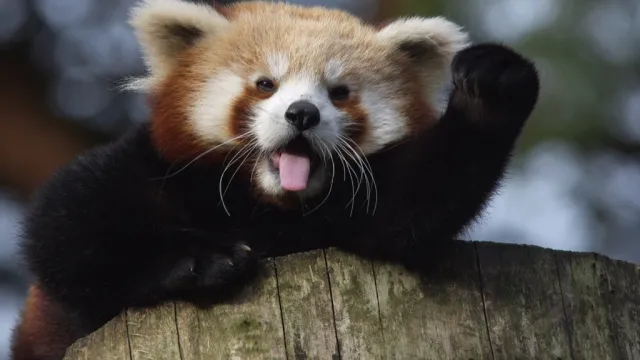
Yes, we know how disappointed you are to learn that the adorably fluffy and just-so-huggable red panda really doesn't want to be hugged after all. But it's actually not that surprising when you stop and think about it. Like nearly all animals, even the cutest and cuddliest of critters can turn downright dangerous when they feel like their space is being invaded—especially when their young are underfoot.
The fact is, all animals have natural inclinations to be protective of their habitats and offspring. It takes a certain amount of spunk and defensiveness for a species to have managed to survive for this long, and they deserve a healthy amount of respect. No matter how adorable these animals might be at a distance, it's just not worth risking an assortment of razor-sharp claws, powerful jaws, and shock-inducing venom to sneak up for a closer look (at least not when they're in the wild).
1
Otters
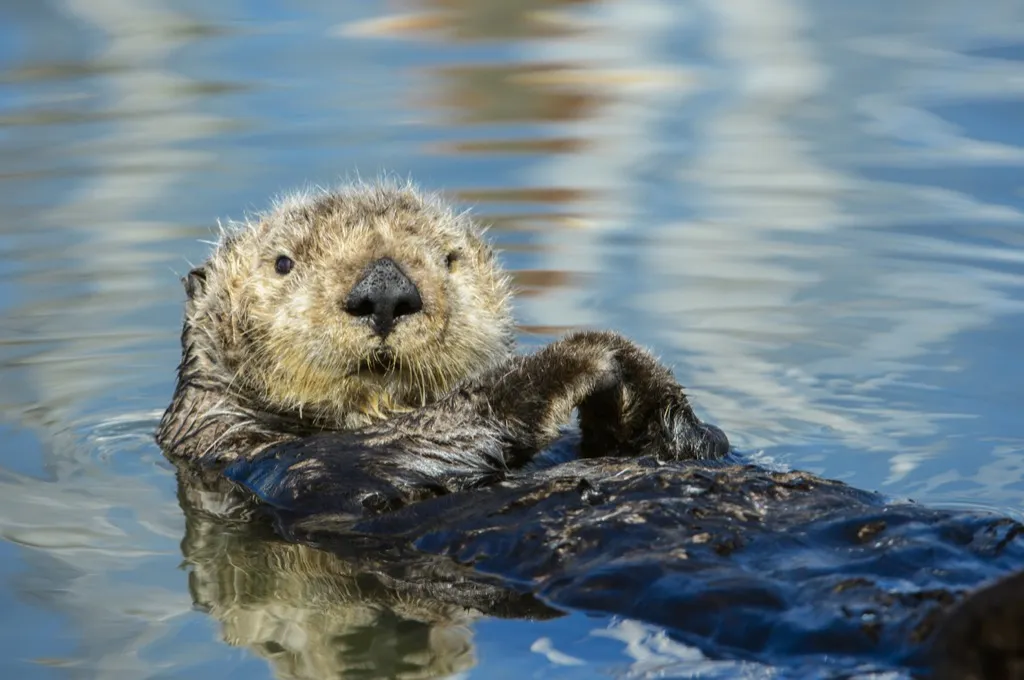
Displaying an adorable tendency to surf the ocean waves on their back and flitting through the water with performative skill, otters probably seem quite harmless. However, these water-loving creatures are known to defend their habitats with powerful teeth. Otters also have a habit of leaving fish detritus behind them (they're messy eaters and don't make an effort to clean up after themselves), which has a tendency to attract potentially disease-carrying insects.
2
Beavers
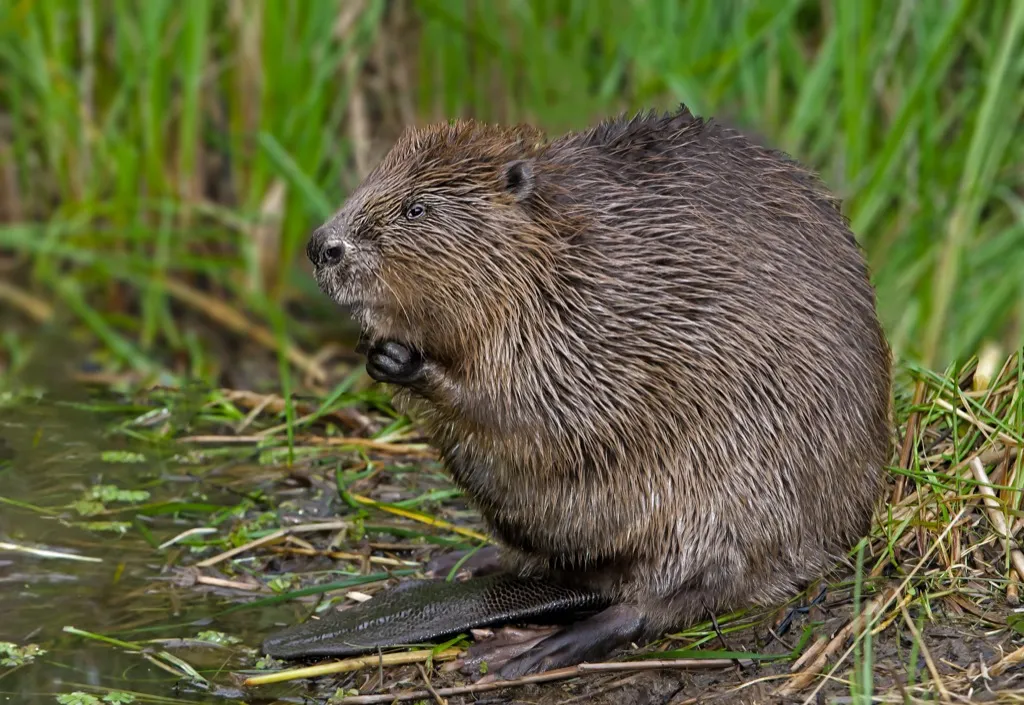
You can't help but admire these industrious creatures when they're hard at work, expertly manipulating their bulky tails to fashion the perfect dam for their families. But those same tails that come so handy in dam-building can actually also be a warning signal to humans. If you're encroaching too closely on a beaver's territory, he'll vigorously slap the water with his tail to warn you off, and you'd better take heed—those sharp teeth aren't to be trifled with.
3
Tasmanian Devils
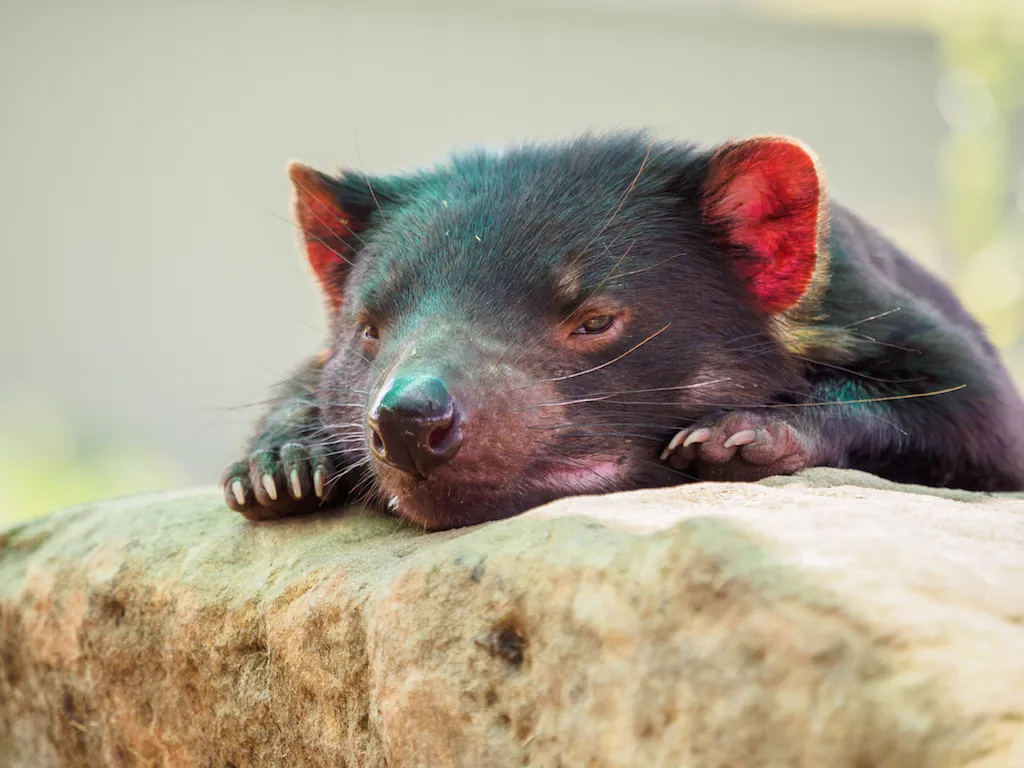
At first glance, these small marsupials, which only weigh up to 26 pounds, appear quite harmless. But they didn't earn the name "devil" for nothing. According to National Geographic, these animals fly into quite the rage when they feel threatened, with their sharp teeth on full display. While they'd much rather turn and flee when they spot a human heading their way, Tasmanian devils are likely to defend their mate and territory with a strong bite.
4
Honey Badgers

While their snuffling exploits for honey might seem innocent enough, there's no sense in badgering the honey badger. These members of the weasel family don't take kindly to sharing their honey—and you're bound to feel it in their bite. Apparently, their jaws are so powerful that they can crack a tortoise's shell.
5
Slow Lorises
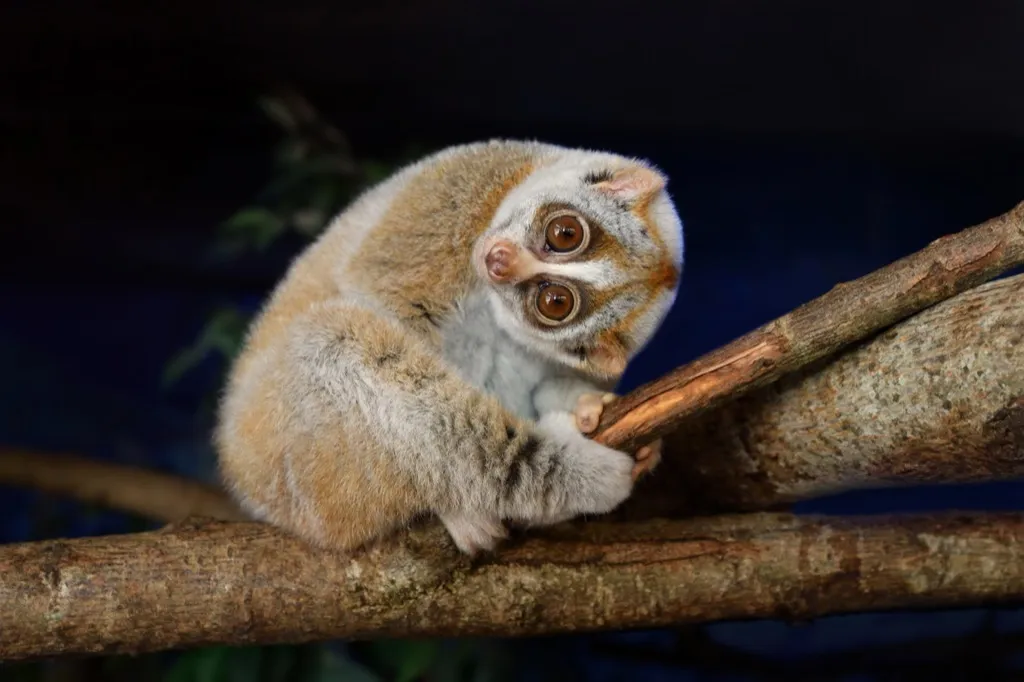
With their large, endearing eyes and adorably soft fur, the slow loris couldn't possibly be that dangerous, right? Wrong. Those endearingly plump cheeks mask a set of hazardous jaws, making the slow loris the world's only venomous primate. The slow loris actually secretes venom in a gland in its elbow, which it then sucks into its mouth and mixes with saliva to transmit through its bite. The venom is potent enough to induce anaphylactic shock—so it's definitely best to keep your distance.
6
Deer
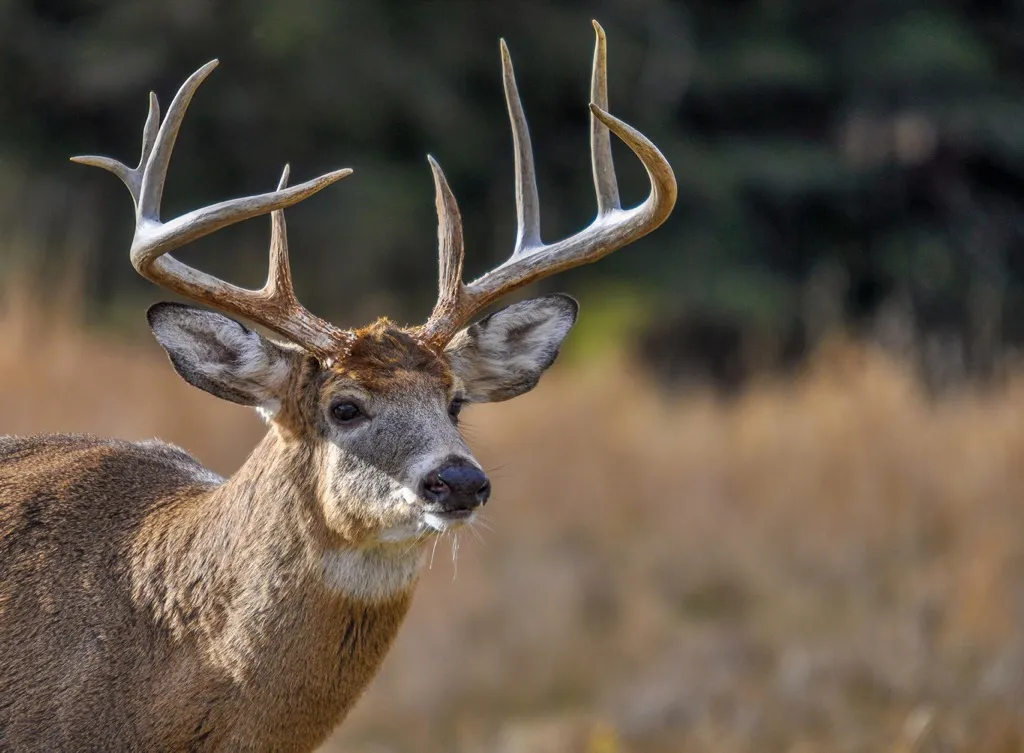
These graceful woodland creatures may appear pretty docile when you catch a glimpse of them grazing in the trees. (C'mon, could Bambi really hurt anybody?) But, as anyone who's driven for an extended amount of time in rural areas probably knows, deer have a nasty tendency to dart across roadways—resulting in about 1.33 million automobile crashes in the United States from July 2017 to June 2018, according to State Farm. Remember, if a deer comes loping toward your vehicle, it's best to refrain from swerving.
7
Red Pandas
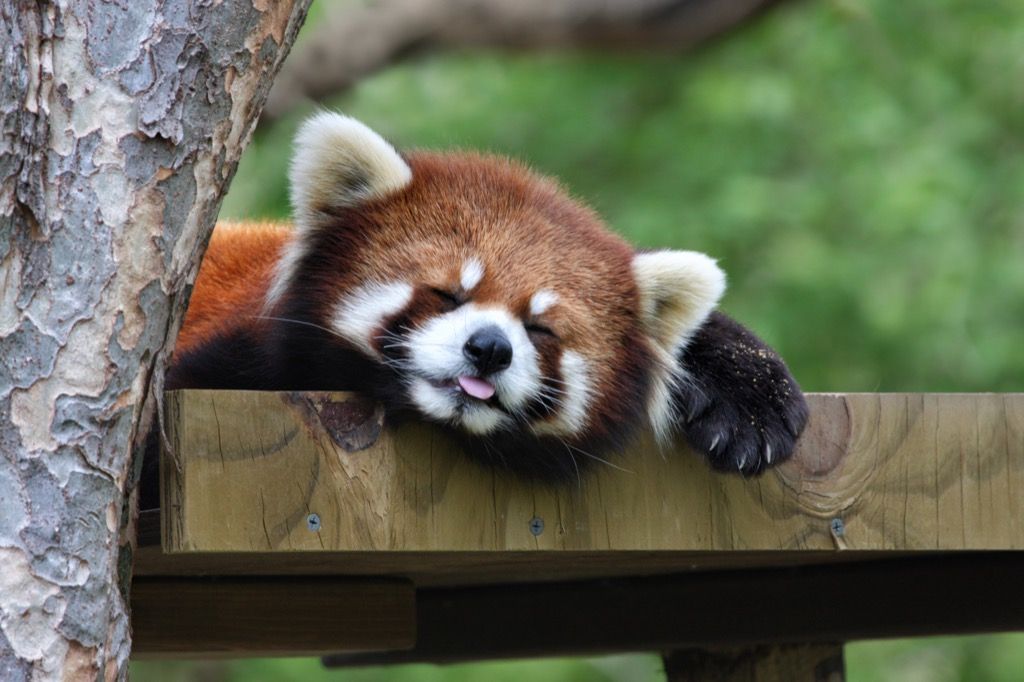
Red pandas, which are actually not at all related to giant pandas (in fact, they're closer relatives to raccoons), are undeniably cute, with their fox-like fur and slinking ringed tails. But that doesn't mean you should risk approaching them. These animals rear up on their hind legs when they feel attacked, the better to strike with their sharp claws.
8
Koalas

These marsupials (nope, they're technically not bears) are some of the cuddliest-looking creatures in the Land Down Under, but you might want to think twice before giving them a hug. You'll want to steer clear of these guys' jaws—they have a pretty intense bite.
9
Kangaroos
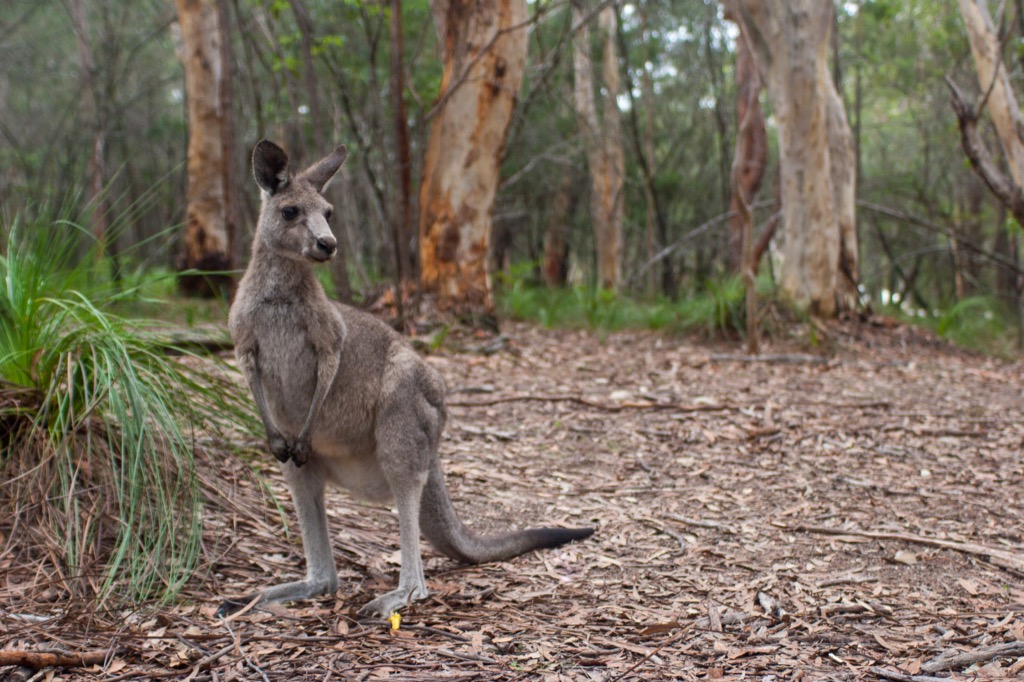
When you think about it, it actually makes a lot of sense—these marsupials traverse the Australian Outback strictly through hopping, which is bound to make their legs incredibly strong. Apparently, you don't ever want to resort to turning your back and fleeing if you do encounter an aggressive kangaroo—the Queensland Department of Environment and Science warns that a large kangaroo can easily catch up to an adult human, with the ability to both run and kick you at the same time.
10
Cows
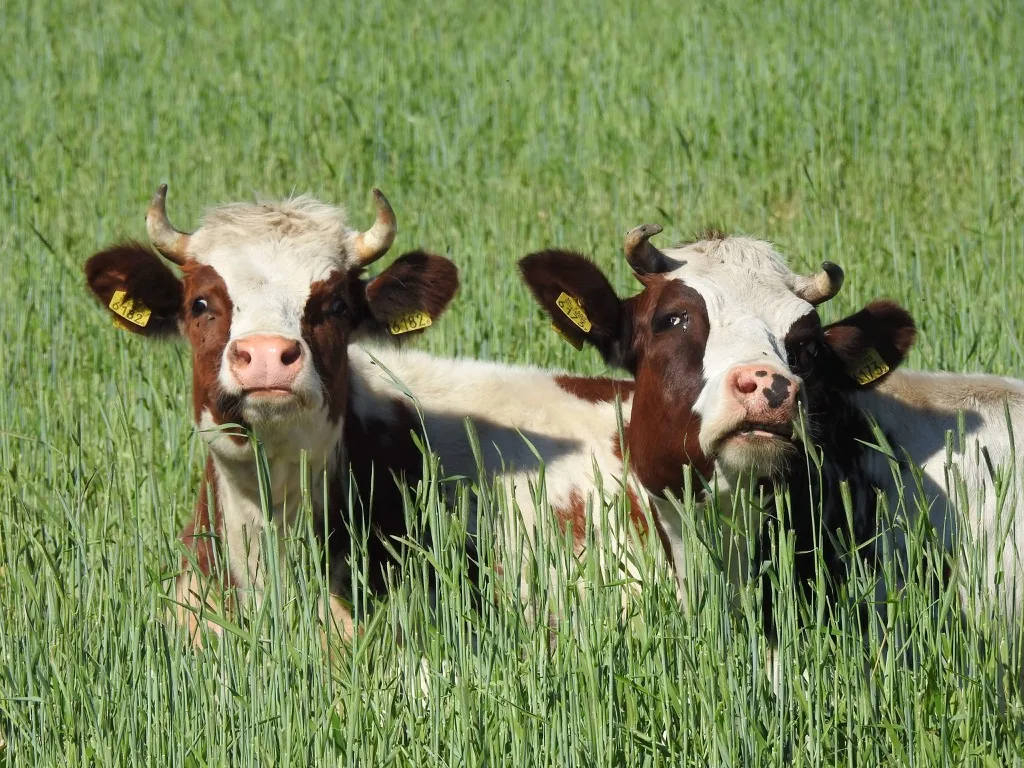
As much as we would like to view the placidly cud-chewing Bessie as a gentle farm animal and nothing more, the fact remains that cows do have the potential to be dangerous. Whether from a nervous stampede or a powerful kick to the chest, with their large bulk, cows have the ability to inflict some serious amount of damage on a human. Cows are responsible for the deaths of about 20 people in the United States each year, as reported from Centers for Disease Control and Prevention findings by the Washington Post.
11
Mice
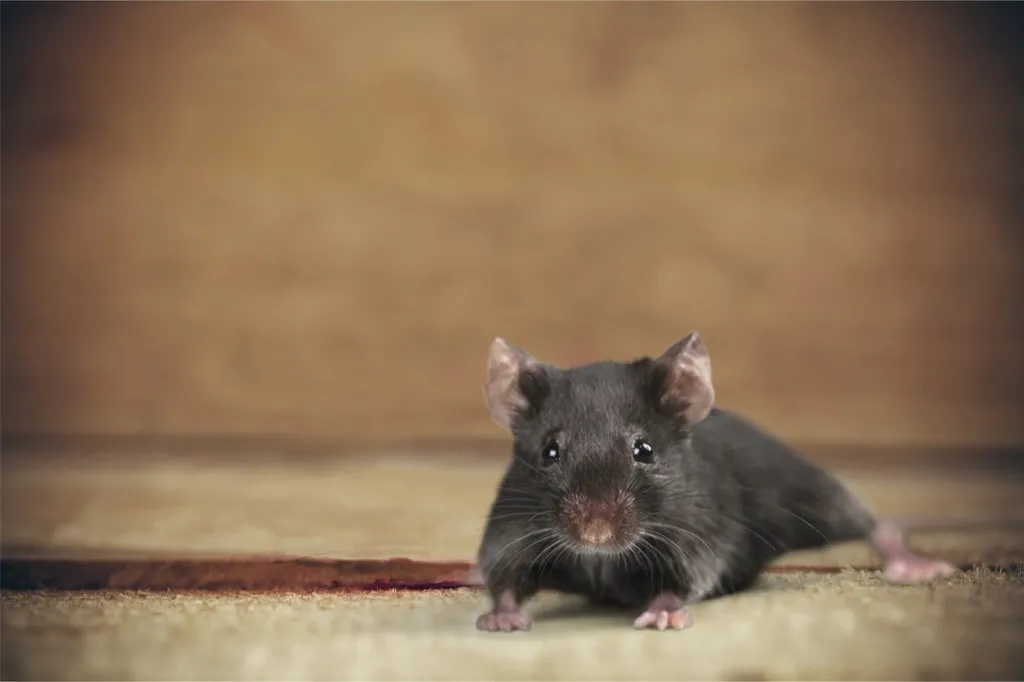
No, you're not likely to suffer any scarring mutilations at the paws or teeth of the mouse scurrying around your house—but their tiny size and lack of intimidating features doesn't entirely preclude you from danger. Rodents can spread over 35 diseases, through both direct and indirect transmission, according to the CDC.
12
Great Horned Owls

Trust us, you don't want to ruffle these birds' feathers. Despite their name, it's actually not the small tufts of hair ("horns") on the corners of their heads that will get you into trouble with this bird. Their talons are incredibly sharp and strong, and they're not afraid to come screeching your way, especially when they have a nest of young owlets to protect.
13
Giant Pandas
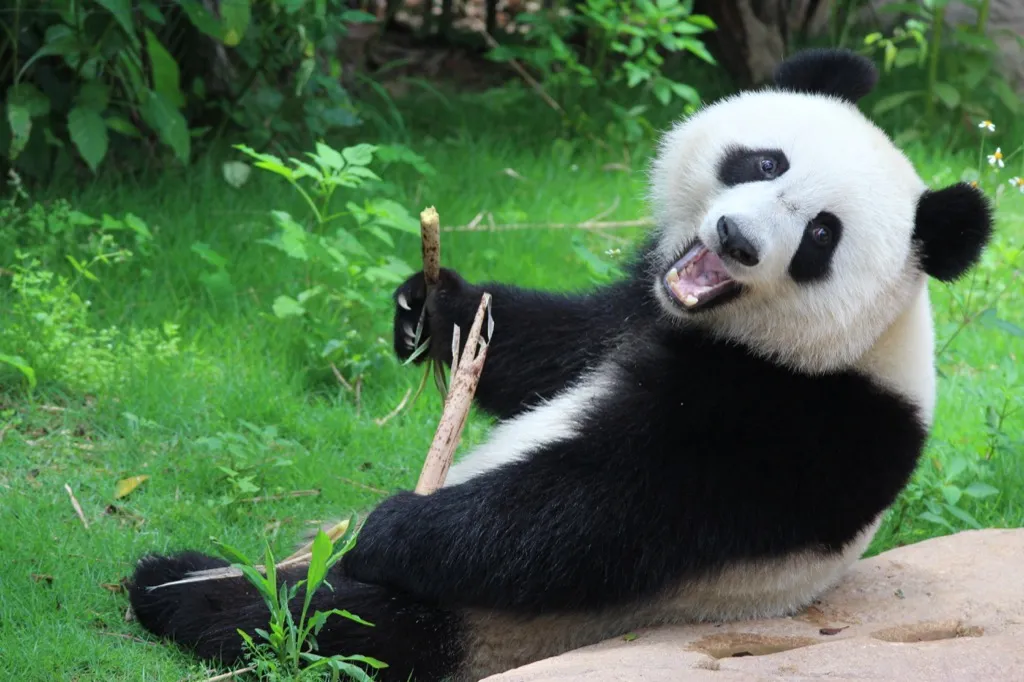
Those teeth aren't only cut out for crunching on bamboo, you know. Though these black and white bears look quite cuddly, they have to be able to protect themselves from predators like jackals and snow leopards. While giant pandas are usually pretty docile around humans, they can be aggressive when provoked—and no one wants an angry, 250-pound bear chasing after them.
14
Raccoons
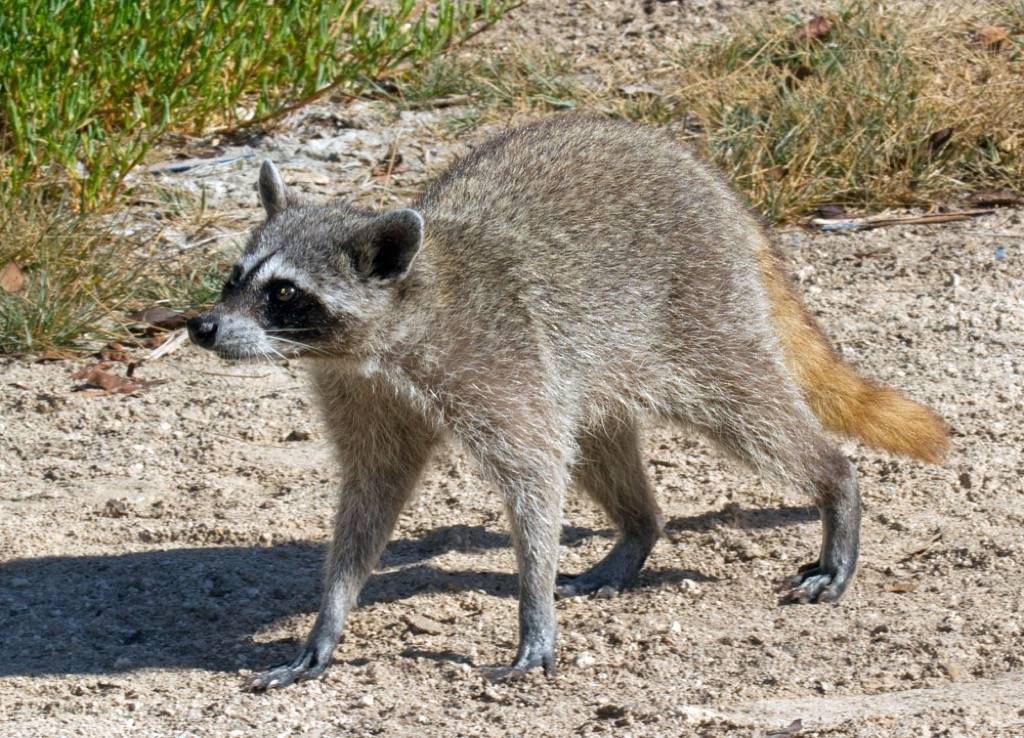
These bandit-like scavengers can get pretty defensive if you try to accost them while digging through your trash. Though raccoons are likely to turn and run when you catch them in the garbage, if you get too close, they have been known to bite—and raccoons are notorious for being carriers for rabies.
15
Swans
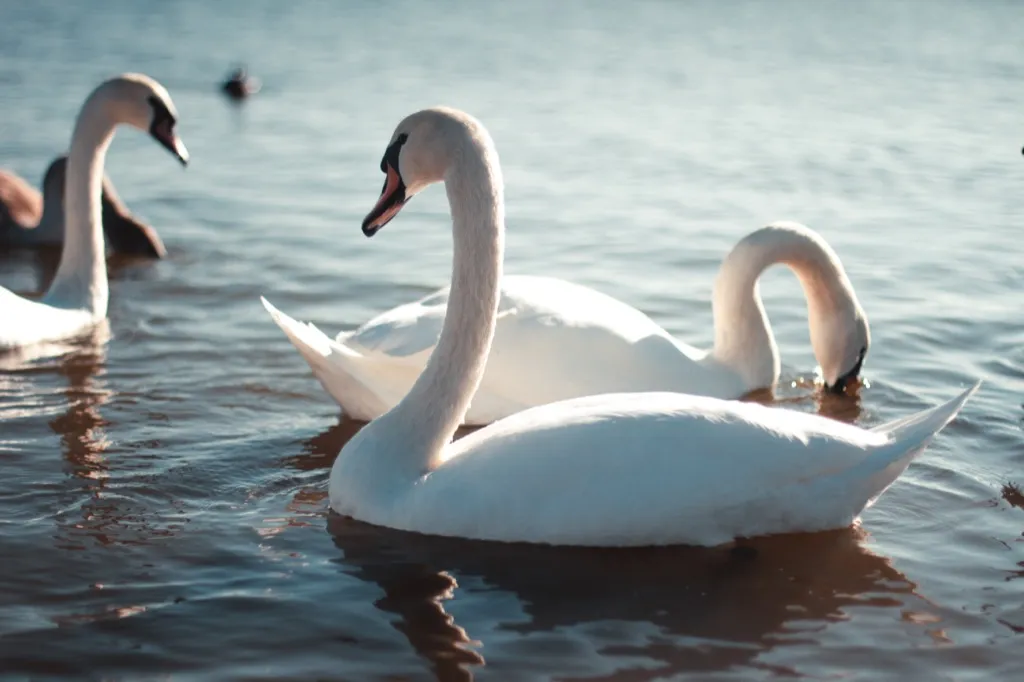
Swans have been known to shatter their image of effortless elegance when a human treads too closely in their terrain, especially when it's nesting season. They'll often try to ward you off with insistent hissing and an arched neck, but if you still get too close, swans might resort to beating at you with their wings.
16
Platypuses

With their webbed feet, duck-like bill, and beaver-like tail, these creatures are just a cocktail of strange features, plastered together—which makes them all the cuter. But in all of the hype about platypuses being the only mammals to lay eggs, we often gloss over another of the interesting facts about them: the male's venomous spur on his hind foot. (Female platypuses don't have any poisonous spurs of their own.) The venom isn't necessarily strong enough to kill you, but it can be pretty painful.
17
Polar Bears
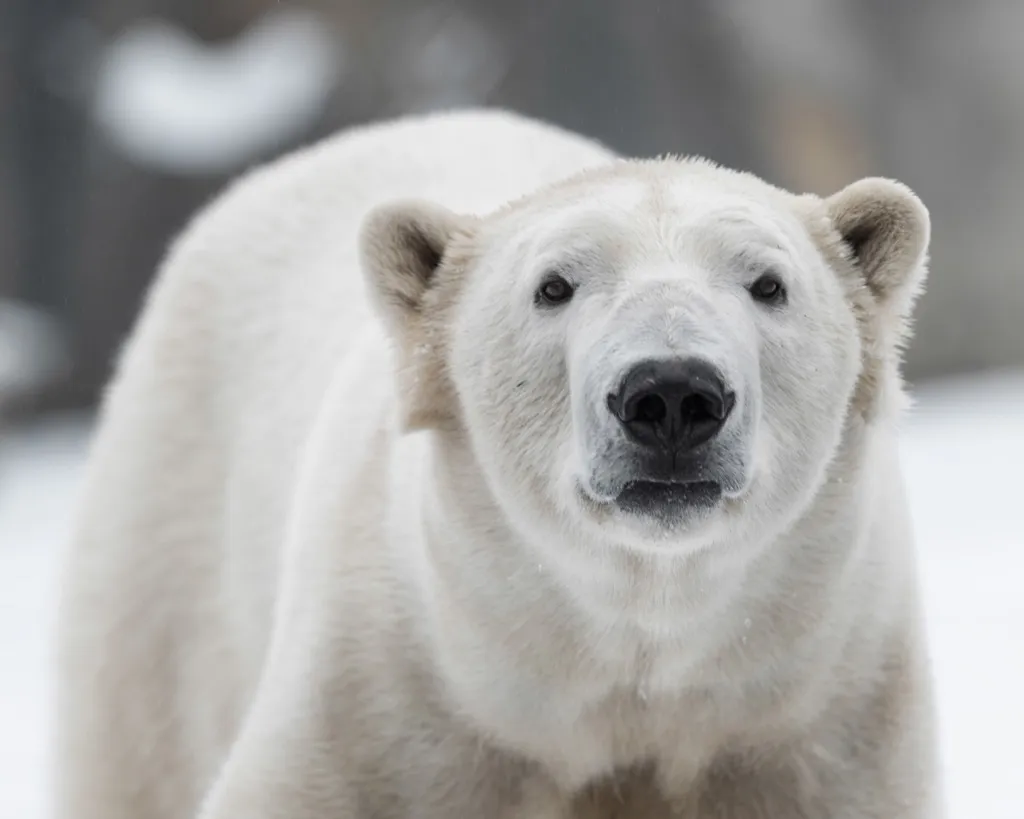
Contrary to Coca-Cola's promotions, these arctic animals do not want to crack open a Coke with you. Admire these snowy beasts from a distance—they usually don't attack unless they've been provoked or are starving, but it's safest to avoid those formidable claws and teeth.
18
Giant Anteaters

You're guaranteed to say "aw" when you spot a baby anteater hitching a ride on its mother anteater's back. With these massive, ant-loving mammals, it's actually not that long tubular snout you have to be wary of. The claws giant anteaters rely on for rooting around in ant mounds are rather sharp and fairly long—four inches, to be exact. When they feel threatened, anteaters will sit back on their haunches and swipe those lethal, nature-gifted weapons.
19
Elephants

If you've seen Dumbo, the heartwarming story of the elephant who could fly by flapping his over-large ears probably left a soft spot in your heart for these lumbering creatures. Luckily, these towering beasts are not prone to violent actions unless they are provoked, but elephants do have the ability to exact massive amounts of damage with their swinging trunks and the weight of their bodies.
20
Chimpanzees
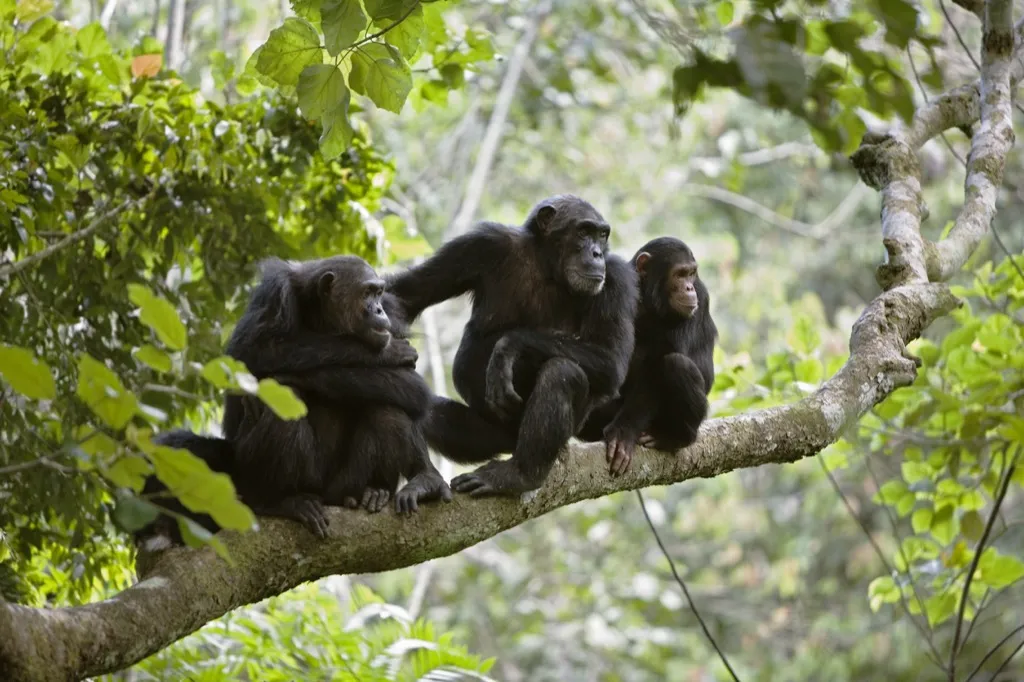
With our close genetic ties to chimps, you would assume we'd be on pretty good terms with the primates, right? Think again. Chimpanzees possess much more strength than the average human, (sometimes estimated to be as much as four times stronger), due to the slightly different makeup of their muscles. Just look at a photo of an angry chimpanzee, baring his teeth—you're sure to think again before trying to greet him with a cousinly embrace.
21
Hippopotamuses

The massive bulk a hippo carts around would lead you to believe that these water-loving creatures are prone to slow movements, and thus docile and adorable, but the fact is that these beasts can actually be quite nimble in the water. Their aquatic maneuvers can result in the occasional drowning deaths, and they've been known to charge at humans. What's more, the sign of a hippo stretching its jaws into a "yawn" is apparently an aggressive signal, according to the BBC.
22
Leopard Seals

As much as we love to watch seals dip and dart through the water, it's always best to appreciate their aquatic acrobatics from a distance. Despite their cute faces, leopard seals are still predators (their diet includes other seals and penguins), and they have unfortunately been known to drown humans.
23
Hyenas
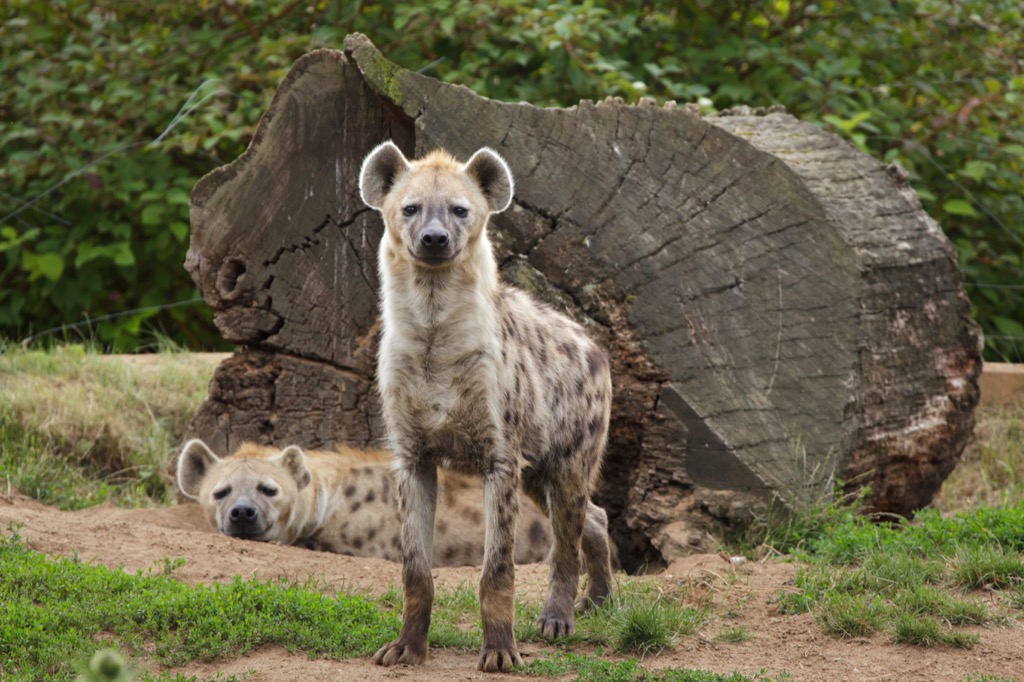
These animals might sound like they're always on the verge of a laughing fit, but you should actually take them pretty seriously. Though on the smaller side of the "big cats" family, hyenas can pack a sizable amount of aggressiveness into their small stature—beware those razor sharp teeth!
